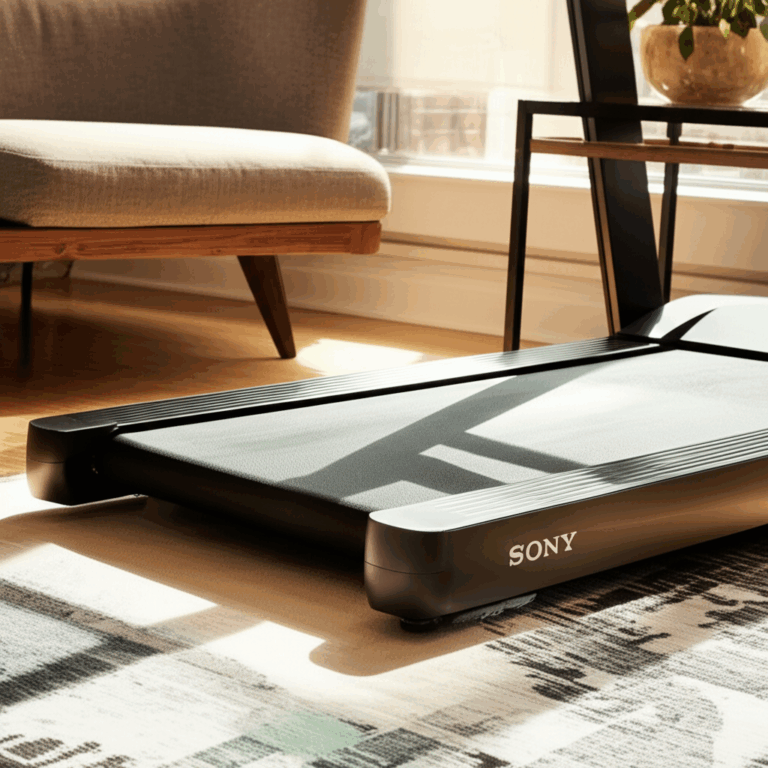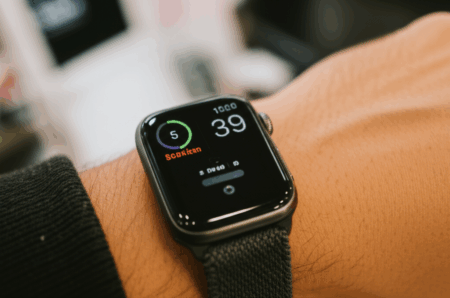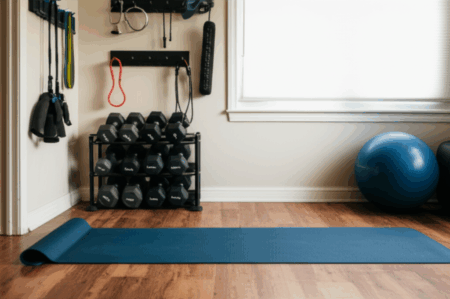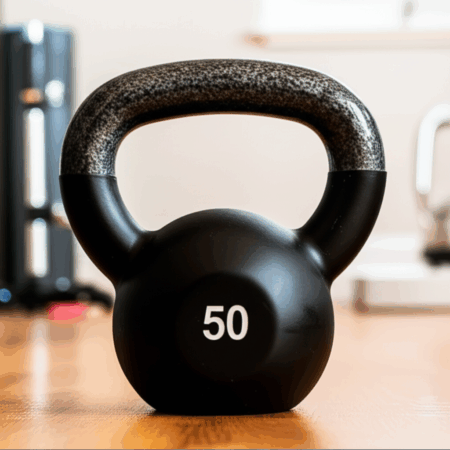Are you looking to boost your fitness routine without leaving the comfort of your home? While traditional walking pads offer a convenient way to get your steps in, integrating an incline-friendly model can significantly amplify your workout, turning a simple stroll into a powerful exercise session. Incline walking engages more muscles, burns more calories, and enhances cardiovascular health, making it an ideal choice for those aiming for higher-level fitness goals.
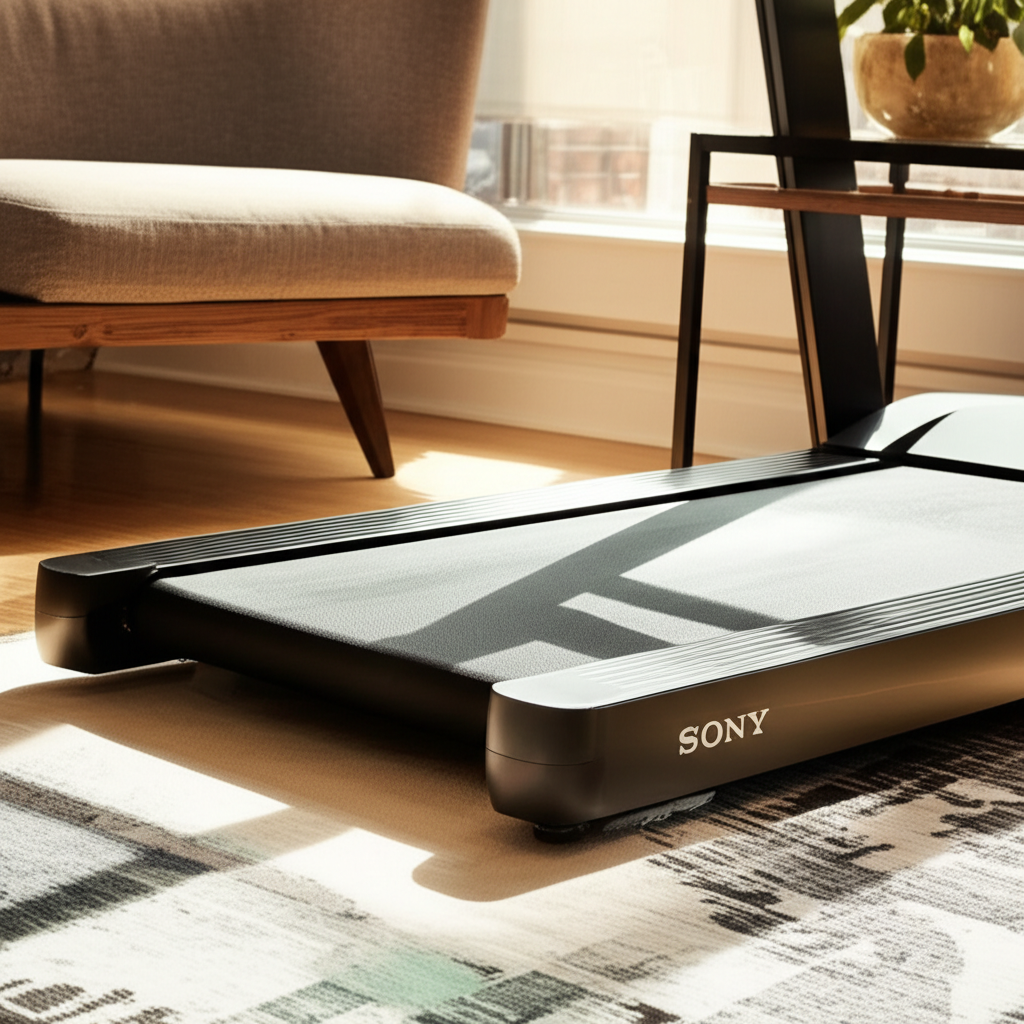
What is an Incline-Friendly Walking Pad?
A walking pad is a compact, often foldable, motorized device designed primarily for walking or light jogging indoors. Unlike full-sized treadmills, they are typically smaller, lighter, and designed for easy storage, making them perfect for home or office use. An incline-friendly walking pad takes this functionality a step further by allowing you to adjust the angle of the walking surface. This simulates the experience of walking uphill, adding a crucial dimension to your workout.
The adjustable incline transforms a flat walk into a more challenging and diverse exercise. You can manually adjust the incline on some models, while others offer automated settings or even pre-programmed workouts that vary the incline.
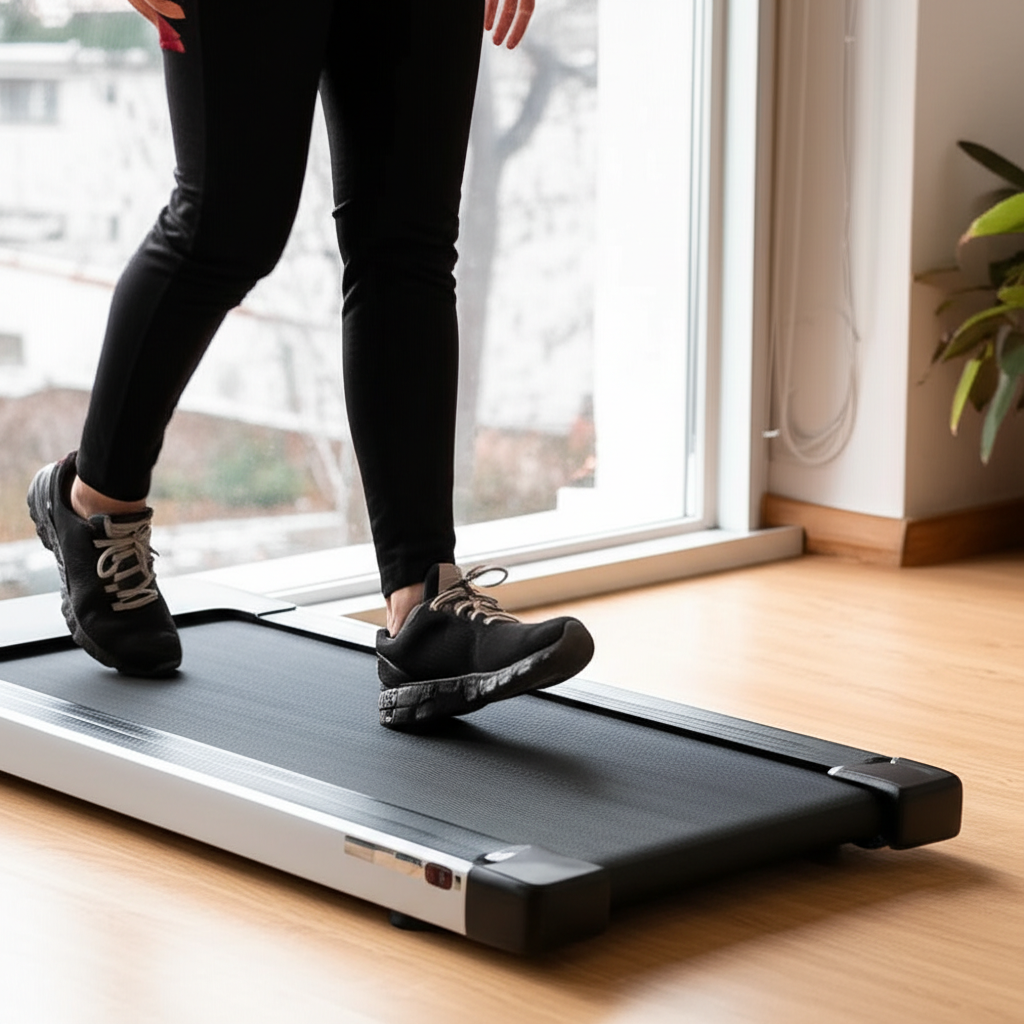
The Undeniable Benefits of Incline Walking
Incorporating an incline into your walking routine offers a multitude of advantages for your physical health and fitness journey:
Increased Calorie Burn and Fat Loss
Walking on an incline forces your body to work harder against gravity, which significantly increases your energy expenditure. For instance, walking at a 10% incline can burn approximately twice as many calories as walking on flat ground for the same duration. Each 1% increase in incline can lead to about a 12% increase in calorie burn. This accelerated fat burning is a major benefit for individuals focused on weight management or reducing body fat percentage.
Enhanced Muscle Engagement and Strength
Incline walking is like sneaking in resistance training with your cardio. It actively engages more lower body muscles compared to flat walking, including your glutes, hamstrings, quadriceps, and calves. This increased muscle activation leads to improved strength, toning, and development in these key areas, contributing to a more sculpted and defined lower body. It can also strengthen ankle and knee muscles, potentially preventing long-term knee problems.
Boosted Cardiovascular Health
As you work harder to propel yourself uphill, your heart rate elevates more significantly than it would on a flat surface. This increased heart rate promotes better blood flow, enhances cognitive function, boosts mood, and helps alleviate stress and anxiety. Consistent incline walking can improve your aerobic capacity and overall cardiovascular fitness.
Reduced Impact on Joints
Surprisingly, incline walking can be gentler on your joints. When walking uphill, your feet land with less force compared to walking on a flat surface, which can reduce stress on your ankles, knees, and hips. This makes it a great option for individuals with joint pain or those looking to minimize the risk of joint-related injuries.
Improved Balance and Core Stability
Walking on a tilted platform challenges your body’s balance and stability, leading to strengthened core muscles. It mimics hiking, which naturally builds core stability.
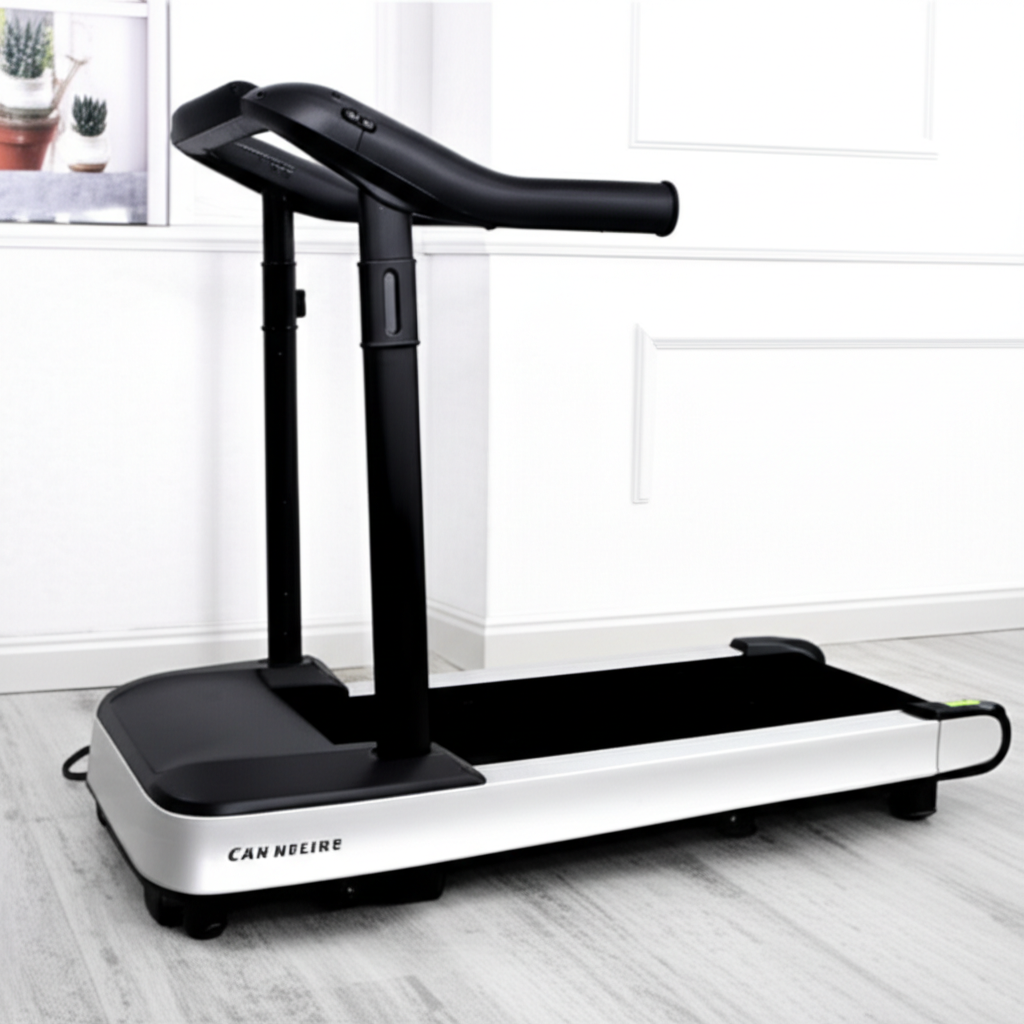
Key Features to Look for in an Incline-Friendly Walking Pad
When selecting an incline-friendly walking pad, consider these features to ensure it meets your fitness needs and lifestyle:
Adjustable Incline Levels
Look for models that offer a range of incline percentages. Some walking pads might have a fixed incline, while others provide multiple adjustable levels, often ranging from 1% to 12% or more. Adjustable inclines allow for personalized control over intensity and help prevent plateaus by adding variety to your routine.
Speed Range
While walking pads are designed for walking, some models offer a wider speed range that can accommodate light jogging, typically up to 4 mph, or even higher in some 2-in-1 designs.
Portability and Storage
Many walking pads are known for their compact and foldable designs, making them easy to store under a desk, couch, or in a closet. Consider built-in wheels for effortless transport.
Motor Power and Noise Level
A quiet motor is crucial, especially if you plan to use it while working or watching TV. Look for brushless motors which tend to be quieter.
Weight Capacity and Deck Size
Ensure the walking pad can support your weight. Also, consider the width and length of the walking surface to ensure a comfortable stride, especially if you have a longer gait.
Smart Features and Connectivity
Many walking pads come with an LED display to track metrics like speed, distance, time, and calories burned. Some connect to mobile apps via Bluetooth, offering guided workouts, data tracking, and even virtual training experiences.
Stability and Shock Absorption
A sturdy design with good shock absorption is vital for comfort and joint protection, especially at higher inclines or speeds.
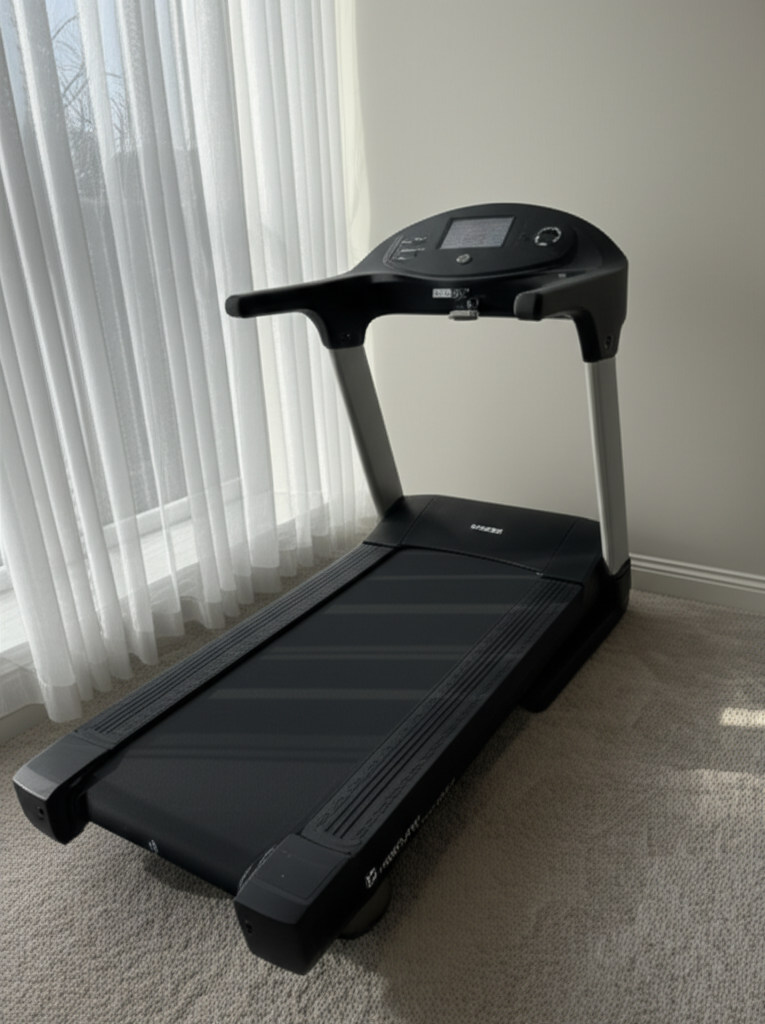
Popular Incline-Friendly Walking Pads to Consider
Several brands offer walking pads with incline capabilities. While specific models can vary, some frequently mentioned for their incline features include:
- Egofit Walker Pro M1: Often highlighted for its compact size and a fixed 5% incline, making it great for consistent muscle engagement.
- Urevo SpaceWalk 3S Treadmill: Praised for its smooth operation, joint-friendliness, and multiple incline levels, some even reaching up to 9%.
- GoPlus Walking Pad (with incline options): Several GoPlus models offer manual or adjustable incline features, providing versatility for under-desk use or more challenging workouts.
- DeerRun Z10 Smart Walking Pad: Noted for offering up to 12 incline levels and a decent speed range.
- FlexiSpot Walking Pad: Features up to nine steepness levels and a 12% incline, along with built-in shock absorption.
- FUNRAY Incline Walking Pad: Known for its adjustable incline, which can be set flat or at about a 6% incline.
Always check the latest reviews and specifications to ensure the chosen model aligns with your specific needs.

Incorporating Incline Walking into Your Routine
To make the most of your incline-friendly walking pad, start gradually and listen to your body.
- Warm-up: Begin with a few minutes of walking on a flat surface at a low speed.
- Gradual Increase: Experts suggest starting with a low incline, perhaps 1% to 3%, for five minutes, then returning to zero incline for a couple of minutes before repeating. Gradually increase the duration and intensity over time. A 3% to 5% incline is often recommended for beginners.
- Vary Your Workouts: Alternate between flat and incline periods to keep your body challenged and your metabolism engaged. Many apps offer HIIT (high-intensity interval training) sessions that combine varying speeds and inclines.
- Maintain Good Form: Keep your back straight, shoulders relaxed, and eyes focused forward. Engage your core and swing your arms naturally to enhance the workout.
- Cool-down: Finish your workout with a few minutes of slower walking on a flat surface to bring your heart rate down.
By integrating an incline-friendly walking pad into your daily routine, you can transform your steps into a more dynamic and effective workout, reaping significant benefits for your overall health and well-being.




